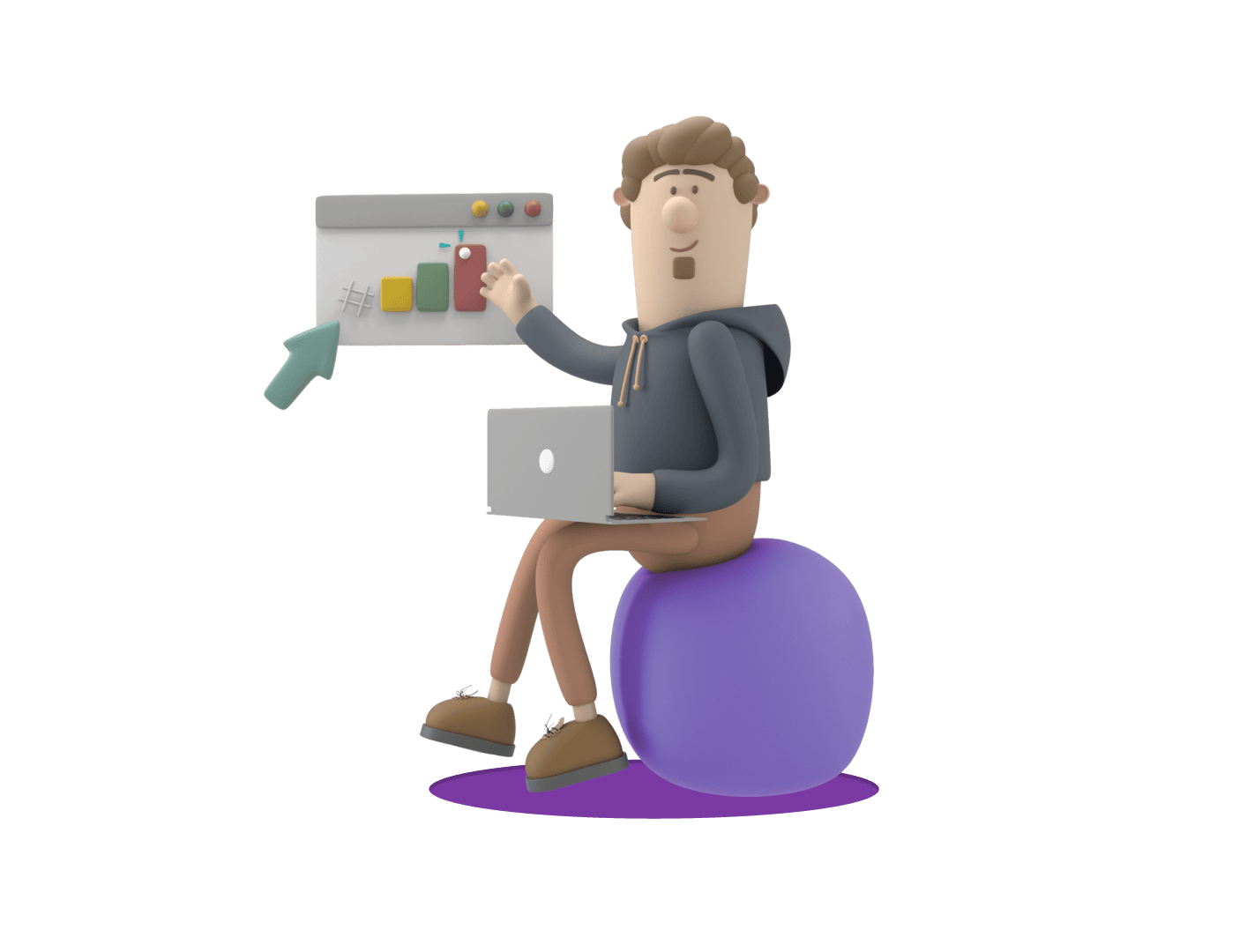Effective Presentation Tech Specialists
In the modern world of information technologies, IT specialists often have to present their ideas, projects or work results to various parties. It can be both internal team meetings and presentations for clients or speeches at conferences. High-quality presentation skills allow you to effectively and convincingly convey complex technical information.

In the fast-paced world of information technology, IT specialists often face situations where they need to present their ideas, projects, or results to various stakeholders. These can range from internal team meetings to client presentations or speaking at conferences. Mastering presentation skills can significantly impact how clearly and convincingly you communicate complex technical information.
In this article, we will explore key techniques that can help IT professionals enhance their presentation skills.
Understanding Your Audience
The first step in any presentation is understanding your audience. Who are they? Are they technical professionals who will easily grasp your terminology, or are they non-technical stakeholders who need simpler explanations?
Adapting your language, the depth of content, and examples based on your audience is crucial:
- Technical Audience. If you're presenting to colleagues or other IT professionals, feel free to dive into details, use technical terms, diagrams, and complex data.
- Non-Technical Audience. When addressing clients, managers, or business analysts, focus on the big picture. Use simpler language and real-life examples to explain complex concepts.
Start with a Powerful Opening
The beginning of your presentation is the moment to grab your audience's attention. A compelling introduction can immediately engage your listeners.
Here are some ways to do that:
- Surprising Fact or Statistic: start with a fact that surprises or interests your audience.
- Story or Case Study: share a real-world example related to your topic.
- Problem-Oriented Question: pose a question that highlights a problem you will address in your presentation.
Structuring Your Content
A clear structure makes it easier for the audience to follow along. Break your presentation into three main parts: introduction, body, and conclusion.
- Introduction: Briefly outline the topic and mention what you will cover.
- Body: Organize your information into logical sections. Use headings, subheadings, and bullet points to keep your material structured. Support your arguments with examples, visual elements, and data.
- Conclusion: Summarize key points and suggest next steps or recommendations.
Utilize Visual Aids
Visual elements greatly enhance presentations, especially when dealing with complex technical topics. They help make information more digestible and keep the audience engaged.
Consider using:
- Slides with Key Points. Highlight important ideas concisely.
- Charts, Graphs, and Tables. Visualize technical data to make it clearer.
- Diagrams and Infographics. Show processes or architectures in a visual format.
- Videos or Animations. If they help explain your ideas better, use them sparingly.
Remember, visual aids should be clear, concise, and reinforce your narrative.
Practice Makes Perfect
The more familiar you are with your material, the more confident you'll appear. Practice your presentation several times, ideally in front of a colleague or friend who can give feedback.
Key things to focus on:
- Timing: Ensure you can deliver your presentation within the allotted time.
- Clarity: Speak clearly and at a moderate pace, especially if your topic is highly technical.
- Body Language: Use open body language, maintain eye contact, and avoid distracting movements.
Engage Your Audience
Audience engagement is a key component of a successful presentation. Invite interaction by asking questions or encouraging comments.
End on a Strong Note
The closing of your presentation should be as impactful as the beginning. Summarize your main points, thank the audience for their attention, and open the floor for final questions.
Effective presentations are a vital skill for IT specialists. By understanding your audience, structuring your content well, using visual aids, and engaging your listeners, your presentation can become a powerful tool for conveying complex technical ideas in a clear and compelling way.
Remember, the more you practice, the more confident and professional you will appear.